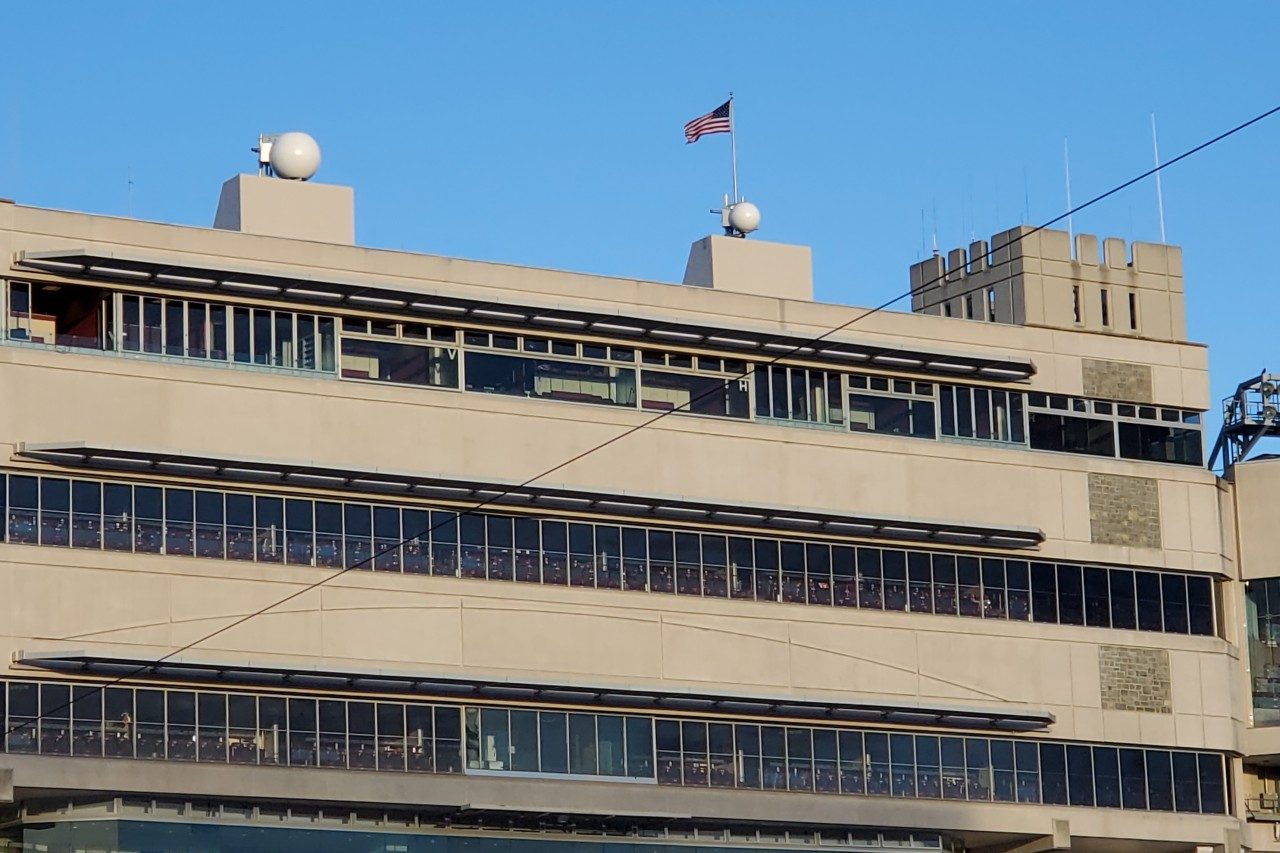Providing reliable cell coverage through upgrades to Virginia Tech’s Distributed Antenna System


The Division of IT’s Network Infrastructure and Services unit (NI&S) is responsible for keeping the university’s communications networks up to date and up to speed with its expanding needs. In addition to managing the installation, maintenance, and upgrades to wireless and ethernet networks, security cameras and emergency communications infrastructure, NI&S coordinates reliability improvements and coverage of cellular communications through its work on the university’s Distributed Antenna System, or DAS.
A project led by the Virginia Tech Foundation, the DAS was founded in 2010 to improve campuswide public safety and security by boosting cell phone service. The DAS provides expanded coverage for multiple international carriers, ensuring that students, employees, and visitors can use their phones over cellular networks even when calling over WiFi is not an option.
During FY 2023, NI&S performed enhancements to the DAS in six residence halls, improving cellular coverage for 2,924 students as follows:
- Miles Hall (217 students)
- Ambler Johnston Hall (852 students)
- Cochrane Hall (333 students)
- Harper Hall (249 students)
- New Hall West (260 students)
- Pritchard Hall (1,013 students)
In addition, NI&S collaborated with the Virginia Tech Foundation, Virginia Tech Athletics, and the Division of Campus Planning, Infrastructure, and Facilities on installation of new MatSing Lens antennas atop Lane Stadium. Historically, Lane Stadium has experienced “dead zones” for cellular service, due to its monolithic construction. The MatSing lenses use a proprietary dielectric polymer that mirrors the human eye’s capacity to refract light and apply it to radio frequency transmissions. The antennas also can be customized to fit the needs of cellular carriers and optimized for specific venues, making them ideal for use at Lane Stadium.
The lenses greatly improve signal quality throughout the stadium, supporting over 66,000 guests and visitors each game, while also enabling better services in other areas of campus.In addition to improving the user experience, this new technology will position the system for 5G services in the future.




